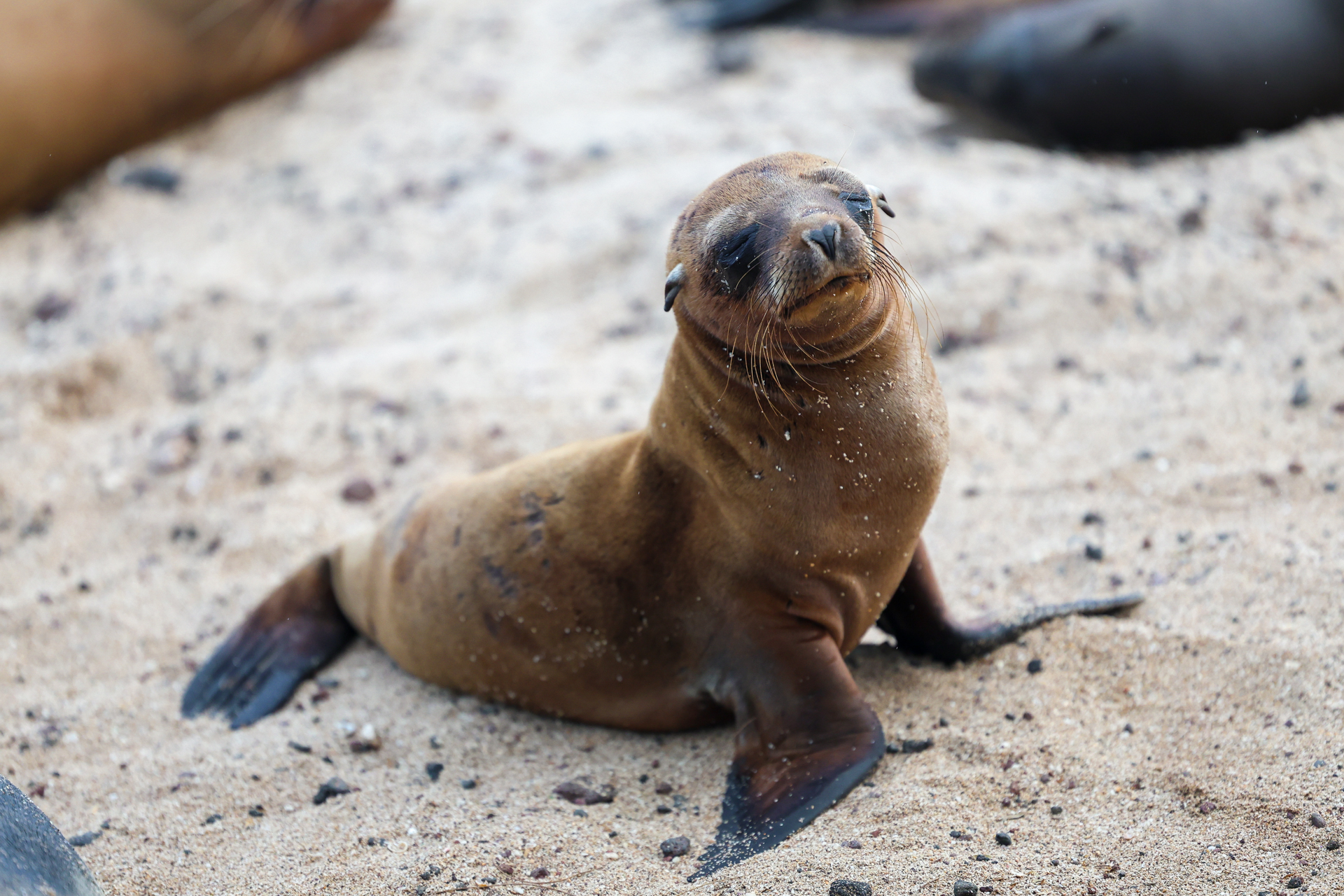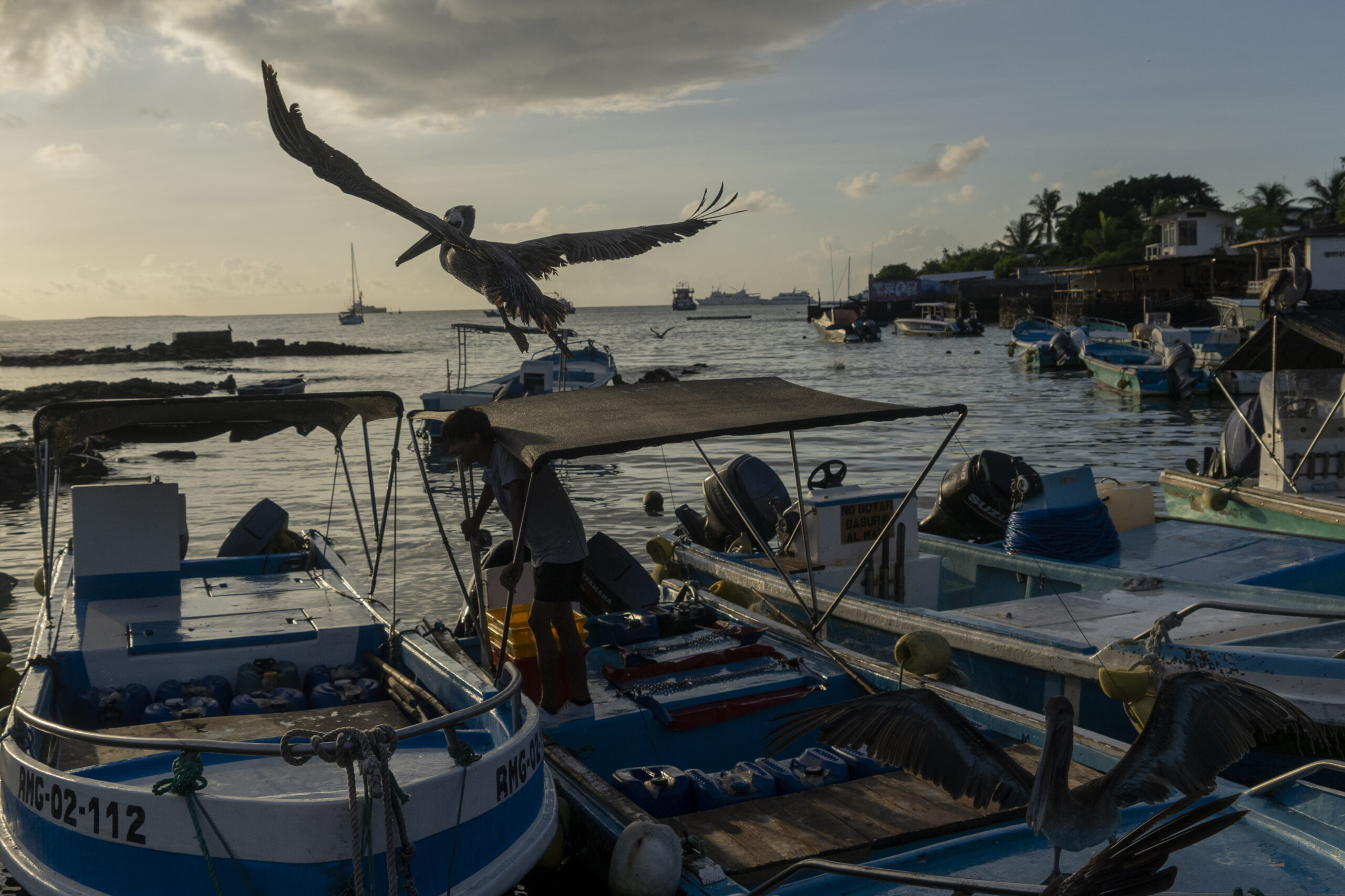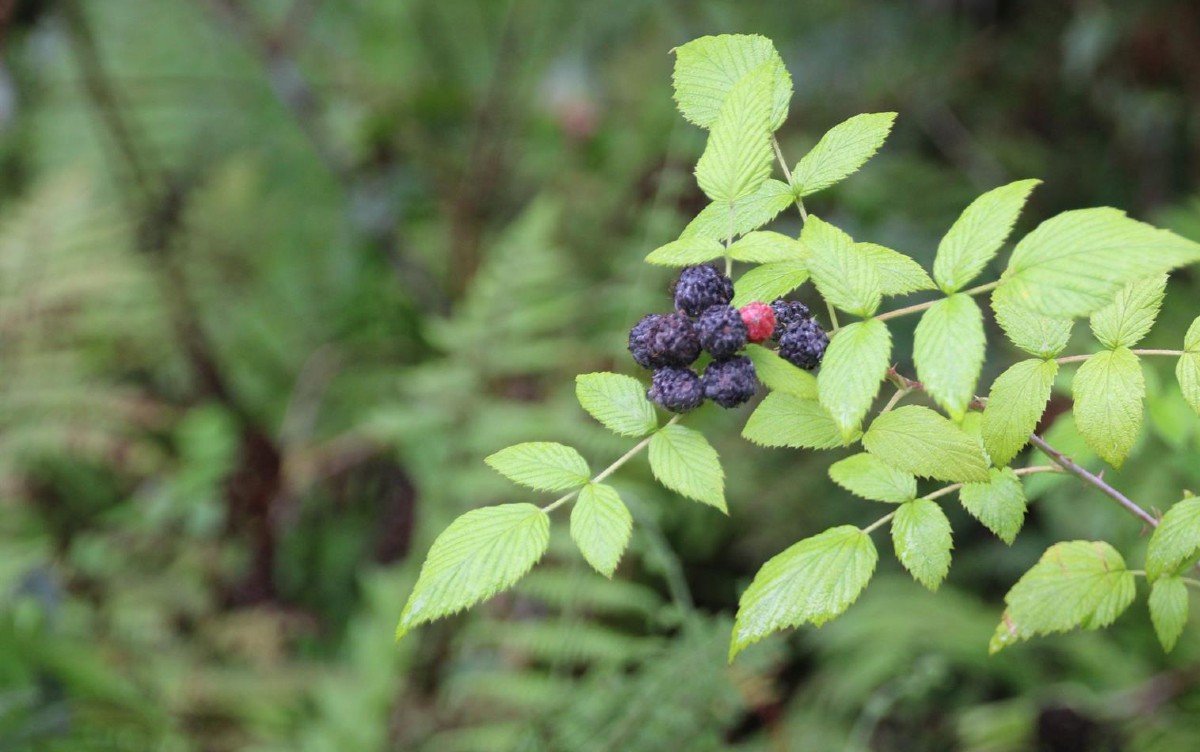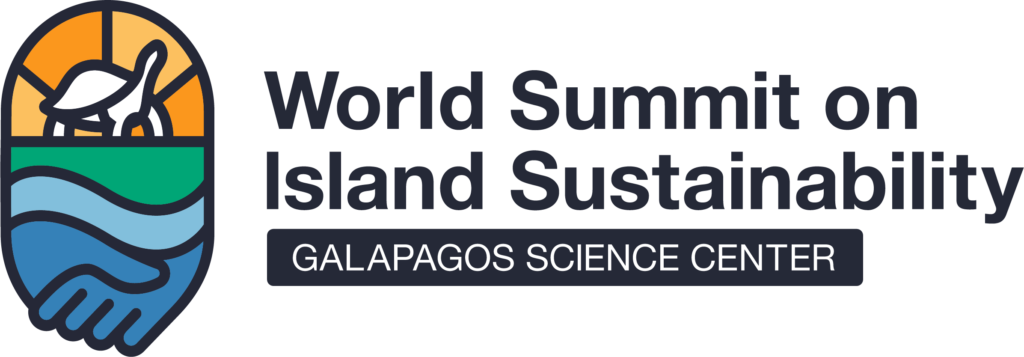Un reciente estudio, realizado en la isla San Cristóbal (Galápagos), logró identificar zonas de cría del tiburón punta negra (Carcharhinus limbatus) mediante la aplicación de drones como herramienta principal de análisis. Esta investigación comparó el uso de vehículos aéreos no tripulados (UAVs) con métodos tradicionales, como redes de enmalle, revelando que los drones permiten una detección significativamente mayor y no invasiva de tiburones juveniles en áreas costeras.

Durante un período de nueve meses, se realizaron 56 vuelos en 14 sitios alrededor de San Cristóbal. Se registró 453 tiburones juveniles. Cuatro sitios (Puerto Grande, La Seca, Manglecito y Rosa Blanca) fueron identificados como posibles áreas de cría, cumpliendo criterios ecológicos establecidos para definir estos hábitats. Los resultados determinan que variables como la claridad del agua, la cobertura de manglar y la época del año influyen en la presencia de estos juveniles, con un pico de afluencia en la temporada cálida.

Este hallazgo representa un avance significativo en el monitoreo y conservación marina en Galápagos. La investigación sugiere aplicar esta metodología en otras islas del archipiélago para mejorar la identificación de hábitats esenciales y promover medidas de protección más efectivas..
Lee el articulo completo aqui: https://doi.org/10.1111/jfb.15976






